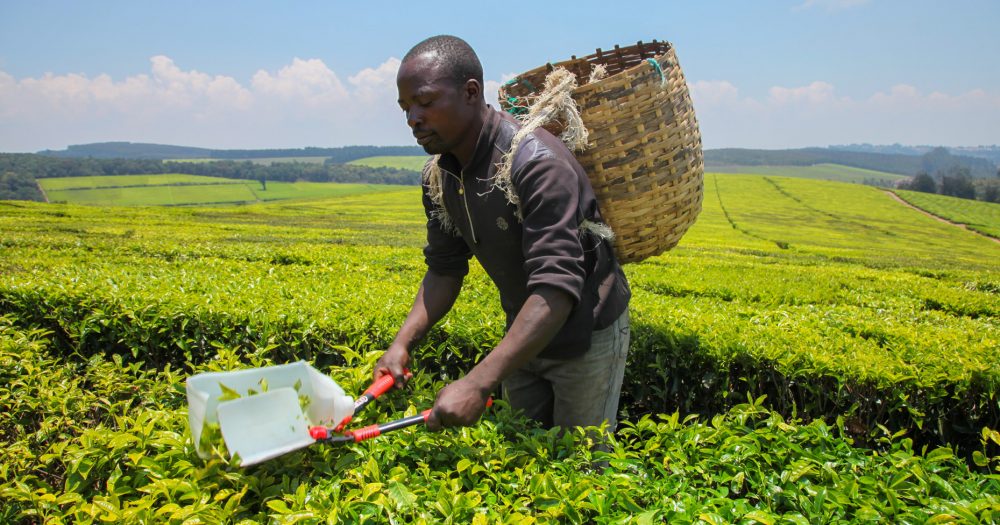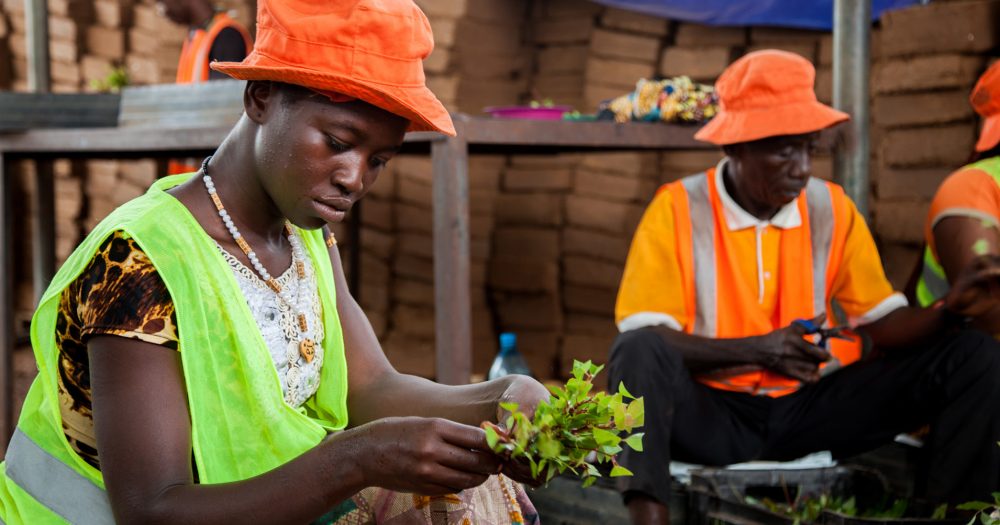This investment was made when British International Investment was named CDC Group.
Our investment
Description of the investment.
Description of the investment.
Through a pooled bond investment structure we are increasing the volume of capital deployed to smaller and more local microfinance institutions, in an environment with limited commercial appetite. The client base of these microfinance institutions are low-income and vulnerable populations, particularly women and rural borrowers located primarily in ‘A’ states.
Impact information
Applies to investments made from 2019 onwards. The tabs in this section define what we expect to achieve through the investment, assessing the potential impact of the investment against six dimensions of impact. You can find more details on our methodology of assessing impact here.
Applies to investments made from 2019 onwards. The tabs in this section define what we expect to achieve through the investment, assessing the potential impact of the investment against six dimensions of impact. You can find more details on our methodology of assessing impact here.
What?
| Impact |
|---|
|
|
|
How?
| How? |
|---|
|
We will provide up to $43.3 million through the pooled bond issuance (PBI), which will extend financing to microfinance institutions and enable them to maintain and extend greater credit to their customers namely: (i) micro-entrepreneurs, enabling them to better manage cashflow and maintain or grow their business; and (ii) individuals for personal purposes, allowing borrowers to save or invest, smooth consumption and manage risk better. 98 per cent are classified as loans for income-generating purposes provided through the primary channel of group lending i.e. JLG (90 per cent). |
Who?
| Stakeholder | Geography | Characteristics |
|---|---|---|
| Customers |
Pan-India |
Lending is expected to go to underbanked, low-income borrowers largely in the informal economy. The PBI currently reaches a 99 per cent female client base, with average loan size of the underlying borrower amounting to $331, substantiating existing reach of the MFIs to low-income and vulnerable segments. Reach to female borrowers is expected to remain consistent throughout the lifecycle of the facility. |
How much?
| Scale | Depth/Duration |
|---|---|
|
We expect to provide over 630,000 new loans through the lifecycle of the facility. |
|
Contribution/additionality
| Contribution/additionality |
|---|
|
Medium |
Grid score
| Grid Score
To help us direct our investments, we previously used a tool called the Development Impact Grid. It scored investments out of four, based on two factors: the difficulty of investing in a country and the propensity of the sector to generate employment. This tool was used for investments until the end of 2021. Since 2022 it has been replaced by the Impact Score. |
|---|
|
n/a catalyst |
Risk
Unexpected Impact Risk
Evidence Risk
Alignment Risk
|
Reporting and Complaints Mechanism
The Reporting and Complaints Mechanism allows anyone outside BII to report alleged breaches of the business integrity or environmental and social provisions of BII’s Policy on Responsible Investing. This includes breaches made by BII, a BII investee, or a portfolio company of a fund in which BII has invested. The Reporting and Complaints Mechanism Rules are available here. Reports and complaints can be submitted by email to reportsandcomplaints@bii.co.uk or by mail. See more details on our Reporting and Complaints Mechanism here.
For any other general enquiries contact us at enquiries@bii.co.uk
-
Key facts
- Last updated
:
When the last quarterly update of the website database occurred.
- December 2024
- Project number
:
An identifier number shared by investments in the same project.
- D6498
- Status
:
The current status of the investment (green flag for active and red flag for exited).
- Active
- Region
:
The geographical region where the country is located. We currently invest in Africa, South Asia, South East Asia and the Caribbean. In 2023, BII’s investment mandate was extended allowing it to invest in regional funds linked to Ukraine, with the majority of activity expected to begin post-war. Investments outside these regions were made prior to 2012 under previous investment mandates.
- South Asia
- Country
:
The countries where the investment delivers impact. Where impact is delivered in multiple countries, this is indicated.
- India
- Sector
:
We prioritise those sectors that facilitate development and need our capital the most. Our priority sectors contribute towards many of the Sustainable Development Goals. They range from investing in the power infrastructure that will provide people with better access to electricity, to investing in financial institutions that direct capital to the individuals and businesses that need it the most.
- Financial services
- Sub sector
:
The sub-sector that the investment is made into; this provides a more granular level of detail than the ‘sector’ information
- Specialized Finance
- Investment type :
- Debt
- Start date :
- March 2021
- Amount :
- $8.16m
- Currency of investment :
- INR
- Domicile
:
The company or investment fund’s place of incorporation.
- India
We provide capital in the following ways: directly – through direct equity, direct debt, guarantees and other non-intermediated financial instruments; and indirectly – principally through investment funds.
For direct investments and fund investments, this is the date BII committed capital to the investments. This is typically the date on which legal agreements are signed by all parties.
For the portfolio companies of our fund investments, this is the date (either the month or the quarter) on which the fund committed capital to the portfolio company.
For direct equity investments, this is the date at which British International Investment exited the investment.
For debt investments, this is the date at which the final debt repayment was made.
For funds, this is the date at which the fund was terminated.
For underlying fund investments, this is the date at which the fund manager exited the investment.
The total amount committed, per financial instrument, per investment, on the date BII becomes subject to a binding legal obligation to provide funding or assume a contingent liability. This information is provided in US dollars.
For direct investments, this is the amount that BII has committed to the business or project. For fund investments, this is the amount BII has committed to the fund.
The currency in which the investment was made.
- Last updated


